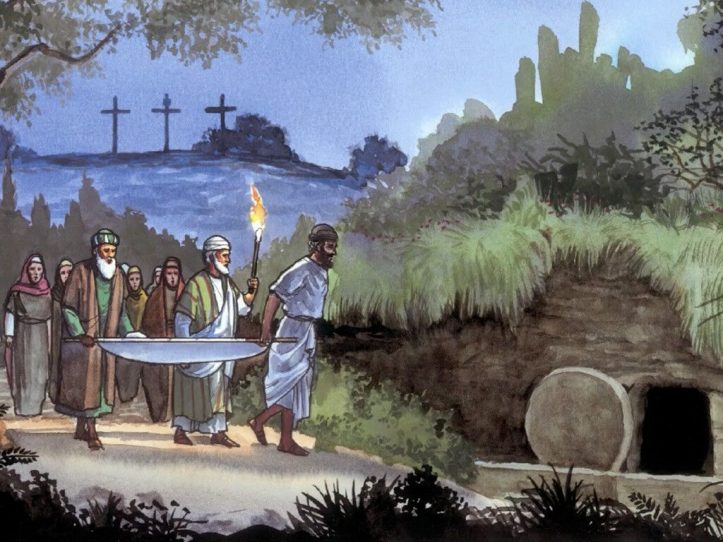As we journey through life, we are constantly searching for the place where Jesus was buried. There is no question that he was the Son of God and that he lived and died on earth.
But there is also no question that his life and teachings were so significant, that they can be found in the tombs of the very religious people who proclaim him to be God. This means that the world has many burial sites for Jesus. It is not as if every site has the same features.

The name of the town most famous for finding the bones is Nazareth, which is the closest geographical location to the burial site of Jesus. The name itself has roots in the ancient Hebrew spelling of the Hebrew name Joshua, which was originally “Zakar.” Today, it is spelled as “Nazareth,” which is an anglicized version of the original spelling. In addition to being located in Nazareth, the holy sepulcher is also located in Nazareth, Israel.
The most significant find associated with the search for the burial site of Jesus is the Holy Sepulcher in Nazareth. The Holy Sepulcher is a marble structure that was built during the reign of Emperor Nero in the first century C.E. The marble edifice was constructed by the high Priests of the Diwan and is seven stories high. It is the tallest building in all of Christendom and sits upon a bed of moss in the Via Flaminia.
The stone that is found in the center of this edifice is inscribed with two matching Hebrew letters. This inscription is also written in a Romanalphabetic font. Near the top of the tomb is found the name of Jesus as well as a short phrase, “In Jesus’ name the daughter desired to be clothed in truth.” On the left side of the tomb is found two more Hebrew letters, “beit in your youth”, and “in the name of Jesus”. Another inscription is also found, stating, “This day I Lift This Stone up from the grave”. Additional components of interest are a stairway to the burial chamber, a nave door inside of the burial chamber, and a reading shelf.
Next, research has revealed that there was a synagogue on the border of Galilee that was destroyed in 70 A.D., yet no rubble from this destruction has been found. The location of the ruins of the synagogue has been pinpointed as being within the area of Zaraheph (Hebrew for Zion). In light of the fact that there were no tombs for Jesus, these previously discovered Zarahephic stone structures are considered to be authentic since they contain contemporary or Near Eastern inscriptions.
While some speculate that the location of the burial sites of Jesus may have been in an area that was largely deserted at the time of his death, other gospel accounts indicate that Jesus was very active in both his spiritual and physical life. Therefore, it is very likely that these newly hewn tombstones were placed within the immediate vicinity of where he lived most of his life. The most likely scenario for their placement is that they were placed in the region of his home town of Nazareth. The location of his most well-known tomb, built near Mount Olivetock, also belongs to this town. The area surrounding the burial sites was highly revered by Jesus and his followers as a place of pilgrimage.
The discovery of previously hewn tombs provides new insight into the life of Jesus, providing evidence of his activity during the last decade or so of his life. New archaeological finds also support the idea of early Christian worship in these areas. This is a study reveals that many early churches built their tombs after the crucifixion. The raising of David’s tomb was followed by the raising of many others.
Excavations of the crucifixion site, including the previously hewn tombs of Jesus’ closest apostles, have revealed many treasures including broken swords, nails, gold coins, and the first Holy Communion saucer. These discoveries provide strong arguments for early Christian worship in the area surrounding the burial sites of Jesus. They also support the view that Jesus was buried in one of the many new burial sites that he created during his life. Based on the new archaeological finds and the accounts of the early Christians, it is very likely that Jesus was actually buried in one of these new burial sites.